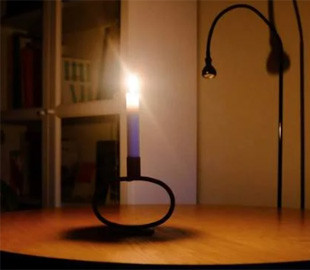
Portable charging stations are becoming increasingly popular due to their ability to provide backup power during power outages. «24 channel» explains which devices can be connected to this versatile device.
The key factor that determines which devices can be connected to a portable station is its output power. It is measured in watts (W) and indicates the amount of continuous power that the station can provide. Stations with higher power can handle more demanding devices. However, characteristics such as the type of output current also matter.
Sine wave matters for sensitive equipment
Some devices, especially sensitive electronics like computers and medical equipment, require a pure sine wave to function properly. But many portable stations offer a modified sine wave, which may be sufficient for some devices, but not all.
Always check the instructions to find out what kind of sine wave your device needs. If you need a pure sine wave, it is better to choose a charging station with the appropriate characteristics.
How to estimate power consumption
Before connecting devices to a charging station, it is important to understand the power consumption of your devices. To do this, you should pay attention to:
-
Rated power: indicated on the device label and shows how much energy it consumes during operation.
-
Operating time: determine how long each device will operate when turned off.
It is important to remember that some appliances, such as refrigerators, microwaves, and boilers, have higher starting power. This is the initial surge of power required to start them up and is several times higher than the rated power.
Your portable station must be powerful enough to withstand the starting power of the device it will power, otherwise it simply will not start.
What devices can be connected
Portable charging stations are suitable for powering a wide range of equipment:
-
Basic needs: refrigerators, televisions, computers.
-
Kitchen appliances: boilers, kettles, toasters, mixers.
-
Other electronics: laptops, tablets, smartphones.
How to avoid overload
Depending on the power, a charging station can handle a number of devices in your home. However, it's important to remember that portable stations have some limitations. Don't overload them by trying to power too many devices at once.
If you need to use high-power devices, consider turning them on one at a time to avoid exceeding the station's power capacity.

